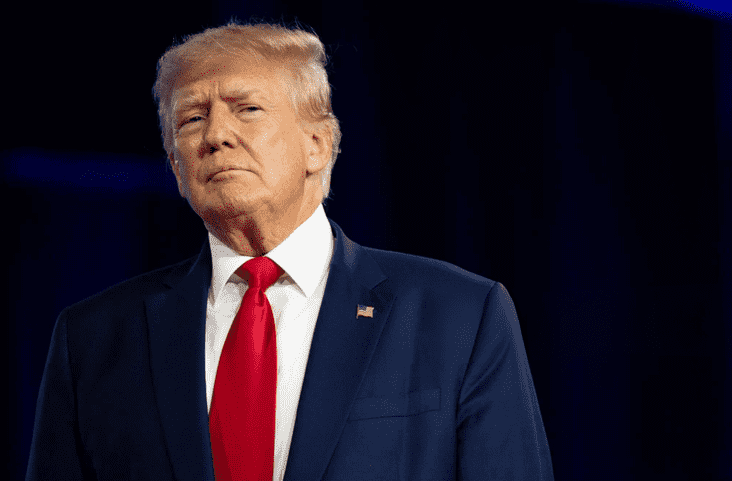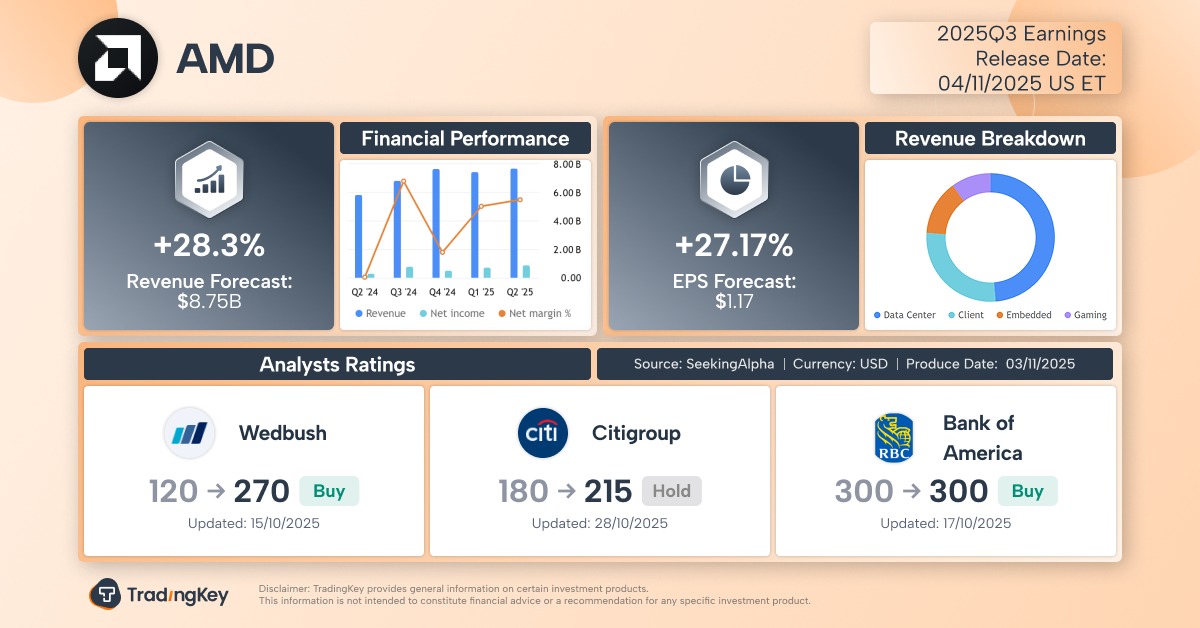RPT-ROI-Fed divisions threaten Powell's era of consensus: McGeever

By Jamie McGeever
ORLANDO, Florida, Nov 4 (Reuters) - Disagreement and dissent among the Federal Reserve's 19-strong monetary policymaking committee is deepening as the fog of economic uncertainty thickens, putting Chair Jerome Powell's consensus-building skills to the ultimate test.
The Fed's decision last week to cut interest rates was unexceptional, but the meeting was historic. The 10-2 vote to cut rates by a quarter of a percentage point was only the third time since 1990 that voting Fed members dissented in favor of both tighter and looser monetary policy. Trump-appointed governor Stephen Miran voted to cut by 50 basis points, while Kansas City Fed President Jeffrey Schmid voted for no change.
These fissures were underscored by Powell in his post-meeting press conference. He told reporters that officials hold "strongly differing views about how to proceed", meaning easing in December is not the "foregone conclusion" markets had been pricing in. Indeed, December's decision may boil down to a coin-flip between another 25-basis-point rate cut or no change.
This all comes at a challenging moment. Not only are investors navigating an economic data drought caused by the U.S. government shutdown – set to become the longest on record – but the indicators that are available show both a weakening labor market and sticky inflation. Meanwhile, the Fed is being heavily politicized, with the Trump administration attacking the central bank's independence as it also prepares to nominate Powell's successor next year.
It's a perfect storm that markets don't need, especially ones priced for perfection.
HAWKS VS DOVES
There is always going to be a wide range of views on a 19-member committee, with 12 voting members at any one time, including a mix of Fed governors and presidents of the 11 regional Fed banks.
Broadly speaking, the current division between the "doves" and the "hawks" appears loosely to have governors on one side and regional bank presidents on the other. Both sides contain centrists, but the governors are leaning in favor of easier policy, with the regional Fed presidents more apt to be cautious about further rate cuts.
Since the Fed's meeting last Wednesday, concerns about cutting rates have been voiced by Dallas Fed President Lorie Logan, Kansas City Fed President Jeffrey Schmid, Cleveland Fed President Beth Hammack and Chicago Fed President Austan Goolsbee.
Meanwhile, Governors Miran, Christopher Waller, and Michelle Bowman have publicly supported the decision to cut last week and backed further easing. Waller and Bowman are on Treasury Secretary Scott Bessent's short list to replace Powell, whose term as Chair ends in May.
'ROWDY AND DISORDERLY'
Powell's leadership and ability to pull together a consensus in this climate will be severely tested, as recent policy meetings attest. Governors Waller and Bowman dissented in favor of a rate cut in July, and then there was the historic two-way dissent last month.
It's true that non-voting regional Fed presidents are flexing their muscles, but it remains to be seen how effective that will ultimately be. As Tim Duy, chief U.S. economist at SGH Macro Advisors, points out, "the power flows from the Board".
"It's more difficult for Powell to create a consensus in this space," Duy says, adding that Powell has done a "great job" in doing just that over the years of his chairmanship.
If this policy polarization intensifies, many investors operating today will be in unfamiliar territory, having grown accustomed to well-telegraphed, consensus-driven Fed policy.
James Egelhof, chief U.S. economist at BNP Paribas, argues that the "very high level of consensus" investors are used to might prove "elusive" in the months ahead.
Egelhof still expects the Fed to deliver further rate cuts, including in December, but he also thinks we could see a "rowdy and disorderly" process leading to a "bumpier and more unpredictable" path than investors typically face.
"Polarization leads to uncertainty," he says.
Of course, greater policy uncertainty tends to fuel market volatility and increased risk aversion, which, in theory, should be reflected in rising risk premiums or widening spreads. That hasn't happened yet.
But if the emerging splits on the FOMC continue to widen, we could see just that. Don't say you weren't warned.
(The opinions expressed here are those of the author, a columnist for Reuters)
Enjoying this column? Check out Reuters Open Interest (ROI), your essential source for global financial commentary. ROI delivers thought-provoking, data-driven analysis of everything from swap rates to soybeans. Markets are moving faster than ever. ROI can help you keep up. Follow ROI on LinkedIn and X.







